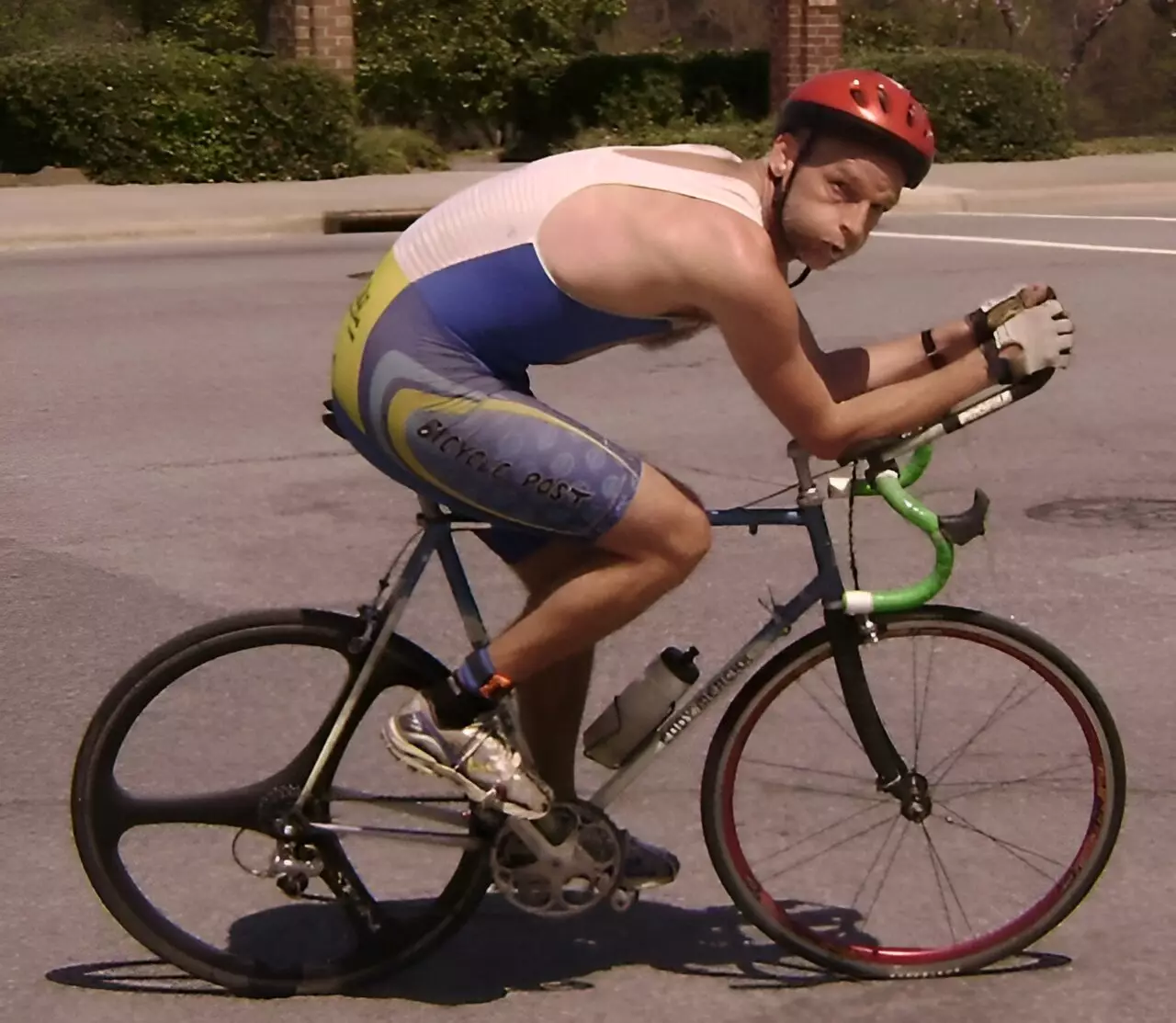In recent years, the cycling community has been captivated by the challenge of ‘Everesting’, a unique endeavor that requires cyclists to climb and descend a mountain until the cumulative elevation reaches 8,848 meters—the height of Mt. Everest. Popularity surged after new records were set, which sparked debates over the influence of external conditions, particularly the role of tailwinds. A noteworthy case arose when a cyclist achieved a record-setting climb with an impressive tailwind of 5.5 meters per second (approximately 20 km/h). Concerns about the fairness and integrity of the record led enthusiasts to question whether such external factors skew performance metrics.
The discussion surrounding this phenomenon went beyond simple curiosity; it posed a critical question about professional cycling standards. Martin Bier, a physics professor at East Carolina University, delved into this debate by employing physics to elucidate the substantial and often misunderstood impacts of wind during climbs. His research, published in the American Journal of Physics, aims to demystify whether tailwinds during climbs provide a significant advantage worth monitoring.
Cycling, as Bier explains, is less complex than running from a physics standpoint. In running, the athlete must constantly accelerate and decelerate, compounded by vertical oscillation. Conversely, cycling allows for smoother and more efficient propulsion through rolling motion, where physical exertion is largely about overcoming gravity and friction. This foundational understanding of cycling dynamics sets the stage for a deeper exploration of how air resistance affects cyclists, especially during significant challenges like Everesting.
Air resistance, a critical factor influencing cycling performance, increases exponentially with speed. As cycling speeds double, the required power quadruples; tripling the speed necessitates nine times the effort. Thus, under normal conditions, air resistance becomes a major barrier at higher speeds, particularly on flat terrains or during descents. However, Bier highlights an intriguing dynamic: when cycling uphill, the reduced speed minimizes the influence of air resistance compared to the dominating force of gravity.
In his analysis of a solo Everesting attempt, Bier notes that unlike in team scenarios where aerodynamic drafting can occur, solo climbers rely solely on their physical inputs: power outputs, gravitational forces, and rolling resistance. His conclusion challenges a common assumption that tailwinds could equalize the apparent challenges of steep ascents. While a tailwind may seem beneficial, the calculation reveals that riding uphill under such conditions doesn’t create the expected net ease; rather, the gravitational force remains the predominant factor to consider.
Interestingly, while tailwinds can marginally ease the ascent, the substantial headwind encountered during descents negates this advantage significantly. Bier’s findings indicate that the high speeds cyclists reach on declines amplify the effect of air resistance due to its square-law relationship with speed. Thus, any benefit from the tailwind on the ascent can be almost entirely neutralized by the resistance encountered when descending, leading to the revelation that external factors, such as wind, are not as consequential as previously thought.
What does this mean for cyclists aspiring to break Everesting records? Bier’s conclusion is straightforward yet profound: the emphasis should be placed less on the environmental conditions and more on the fundamental components of cycling performance. Cyclists looking to improve their times need to prioritize physical improvements, such as increasing their power output and managing their weight as opposed to waiting for perfect weather.
This revelation serves as a critical reminder within the sports community: it is the cyclist’s ability, determination, and strategy that primarily dictate performance rather than reliance on favorable external circumstances. Understanding these dynamics allows athletes to focus on what truly impacts their performance, pushing aside distractions and leading to meaningful enhancements in competitive pursuits.
Ultimately, Bier’s exploration of the physics of cycling in the context of Everesting acts as both a wake-up call for cyclists and a testament to the intricate relationship between physical principles and competitive performance. It’s about cultivating the right habits, maximizing efforts, and understanding the fundamental elements at play—lessons that resonate across various facets of athleticism and endurance challenges alike.


Leave a Reply